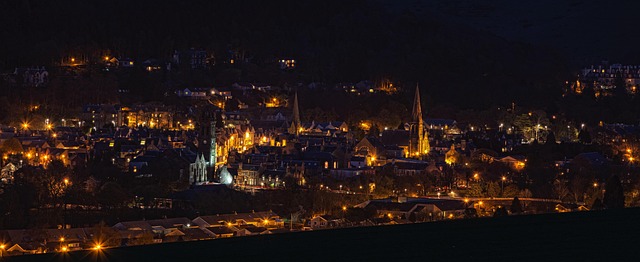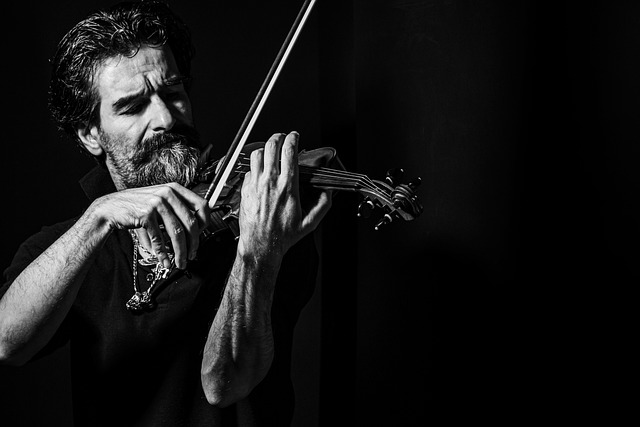Exploring the Unmatched Beauty of Dynamic Range in Fine Art Photography
Fine art photography transcends mere documentation; it captures emotional depth, a moment in time, and the intricate nuances of light and shadow. One of the most captivating aspects of this art form is the concept of dynamic range. This term refers to the difference between the lightest and darkest parts of an image, and in fine art photography, it becomes a powerful tool that can elevate an ordinary photograph into a stunning masterpiece.
At its core, dynamic range is about the play of light. It’s the glorious interaction between highlights that dance in the sun and deep shadows that whisper secrets. When an artist masters this balance, they craft images that resonate on a deeper emotional level. Picture a landscape at dusk where the vibrant orange sky meets the somber blues of an impending night. In these moments, the camera captures not just colors but feelings, conveying the serenity of twilight and the promise of evening.
Dynamic range also plays a significant role in the portrayal of culture and human experience. In portrait photography, for instance, capturing the subtle variations in skin tones can tell a compelling story about identity and life. A skilled fine art photographer knows how to manipulate light, creating soft gradients that bring out the gentle curves of a face or the texture of fabric. This mastery draws viewers into the subject’s world, inviting them to experience the culture and emotion behind the image.
Moreover, the artistic interpretation of dynamic range often challenges viewers to engage with the photograph more intellectually. The contrast between light and dark can symbolize various cultural narratives, from the struggle between hope and despair to the balance of chaos and tranquility. Through these visual dynamics, photographers can challenge societal norms, provoke thought, and foster a deeper understanding of the human condition.
Consider the works of iconic fine art photographers who have harnessed dynamic range to great effect. Ansel Adams, for instance, was renowned for his ability to capture the stark contrasts of the American landscape. His iconic black and white imagery showcases how dynamic range can transform a simple scene into a dramatic spectacle, eliciting awe and appreciation for nature’s perfection.
In a digital age where filters and post-processing techniques can often mask the beauty of reality, the true challenge lies in harnessing the natural dynamic range available in both light and subject matter. It’s about capturing those fleeting moments without losing the authenticity of the scene, preserving the genuine interaction between the viewer and the artwork. This authenticity is what makes fine art photography resonate deeply with audiences, as it invites them into a dialogue about beauty, culture, and the human experience.
As you embark on your own artistic journey, remember that dynamic range is not merely a technical specification; it’s a heartfelt expression of your vision. Embrace the shadows and the highlights, and let them guide you to create images that tell your story and reflect the unmatched beauty of life itself.




